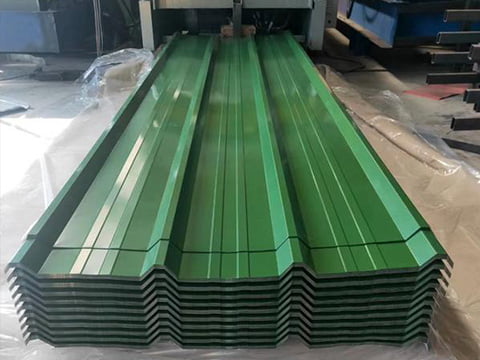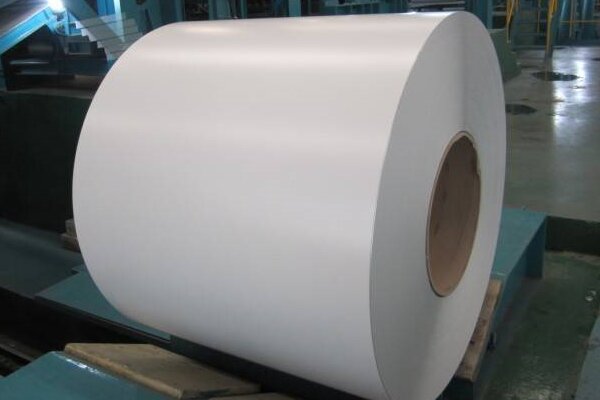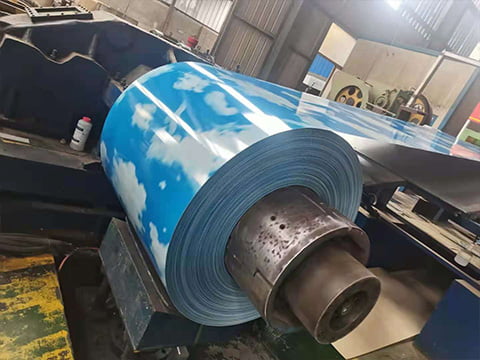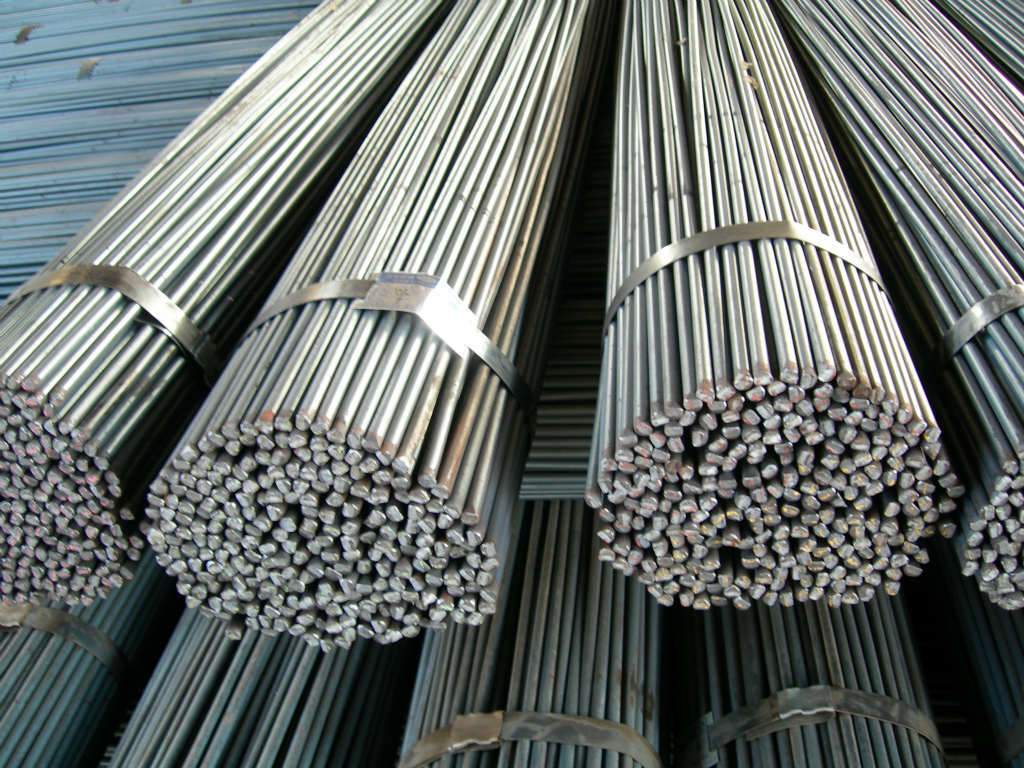Understand the main differences between hot and cold rolled steel
Hot and cold rolled steel are fundamental materials in the metal processing and manufacturing industries. Choosing between them isn’t about which is better, but about selecting the right material for the specific job. Understanding their distinct properties, manufacturing processes, advantages, and limitations is crucial for designers, engineers, and purchasers.
The Core Difference lies in when and how the steel is rolled to achieve its final specifications
Process: Steel is heated significantly above its recrystallization temperature (typically above 1700°F / 925°C) until it glows. It’s then passed through rollers at this high temperature.
Result: Easier shaping, less precise dimensions, characteristic scaly, slightly rough mill finish, and rounded edges. Internal stresses from cooling are generally uniform.
Process: Starts as hot rolled steel that has cooled to room temperature. It is then re-rolled (at or near room temperature) to achieve tighter tolerances and desired surface qualities.
Result: Higher dimensional accuracy, smoother surface finish (ranging from matte to very smooth), sharper edges, increased strength and hardness (due to “work hardening”), and potentially some internal stresses needing stress relief.


Comparison of hot and cold rolled steel main attributes and features
| Feature | Hot Rolled Steel (HR) | Cold Rolled Steel (CR) |
| Surface Finish | Rough, scaly “mill scale”, uneven | Smooth, uniform, clean (oily to very smooth) |
| Edges | Rounded, less defined | Sharper, more defined/squared |
| Dimensional Accuracy/Tolerances | Less precise, thicker tolerances | More precise, tighter tolerances |
| Strength & Hardness | Lower strength and hardness (as-rolled) | Higher strength and hardness (work hardened) |
| Ductility/Malleability | More ductile, easier to form at high temps | Reduced ductility compared to HR (but still formable) |
| Internal Stresses | Minimal internal stress from rolling | Can have higher internal stresses (may need relief) |
| Cost | Generally Lower | Generally Higher (due to additional processing) |
Comparison of application fields between hot and cold rolled steel
Hot rolled steel (HR)
Structural components: I-beams, channel steel, angle steel, railway tracks, as well as thick plates used for buildings, bridges, and frames, the accuracy of their dimensions and surface finish are not as important as cost and strength.
Automobile: chassis components, frame, subframe.
Agricultural equipment: heavy machinery parts.
Pipe: Usually welded from hot-rolled strip steel.
General manufacturing: Cost effectiveness is the key to the project, while aesthetics are not a priority.


Cold rolled steel (CR)
Precision applications: Parts that require strict dimensional tolerances and flatness (brackets, mounting brackets, housings).
Surface sensitive applications: automotive body panels, electrical appliances (outside washing machines/dryers), furniture frames, shelves, cabinets, etc., requiring smooth, paintable or aesthetically pleasing surfaces.
Thinner gauges: typically used for sheet metal applications.
Hardware: Furniture metal parts such as hinges and fasteners that require strength and good surface treatment.
Secondary molding: Very suitable for further manufacturing, such as bending, stamping, spinning, and drawing, as surface quality and dimensional accuracy are important.
Summary of hot and cold rolled steel advantages and disadvantages
| Items | Hot Rolled Steel (HR) | Cold Rolled Steel (CR) |
| Advantages | Lower cost. The production time is shorter. It is easier to form complex shapes at high temperatures. Very suitable for large structural profiles. During the molding process, there is no work hardening, which means that less force is required (in the hot state). |
Excellent surface smoothness and aesthetics. Higher dimensional accuracy and consistency. Higher strength and hardness. Clearer edge clarity. Better surface uniformity for easy painting, electroplating, or polishing. Easy to provide thinner specifications. |
| Disadvantages | Poor surface smoothness and dimensional control. The shrinkage rate during the cooling process is difficult to predict. Not suitable for precision applications or aesthetic requirements. |
The cost is higher. An increase in hardness will make forming more difficult (requiring more power and possibly requiring annealing). There may be residual internal stress (which can be alleviated). Compared to heat-treated steel, the thickness is limited. |


How to Choose: Key Factors to Consider
- Surface smoothness requirements: Parts require smooth and aesthetically pleasing surface treatment, and cold rolled steel should be selected. Rough rolled surfaces are also acceptable, so hot-rolled steel can meet the requirements.
- Dimensional tolerance: If precise dimensions and strict tolerances are crucial, cold-rolled steel is the best choice. If a certain degree of deviation is acceptable, hot-rolled steel (HR) can also be used.
- Strength requirement: Does the application require the substrate to have higher strength? Cold rolled steel plates can provide higher hardness/yield strength due to work hardening. Hot rolled steel may require larger cross-sections or undergo heat treatment.
- Molding requirements: simple shape, high output, and low cost? Hot rolled steel can handle it. Cold rolled steel is usually more popular as it requires complex bending or high-precision stamping on thinner specifications.
- Cost limitation: For steel of similar shape/size, hot-rolled steel usually saves more costs than cold-rolled steel, especially in thicker sections.
- Final application: structural load-bearing capacity? Consider hot-rolled steel. Is the electrical panel visible? Cold rolled steel may be required.
خاتمة
Both hot and cold rolled steel are indispensable materials in today’s industries such as industry and construction. Cold-rolled steel has excellent surface quality, precision and strength, and is suitable for applications with high requirements for beauty and precision. Hot-rolled steel provides a cost-effective solution for structural parts that do not require high surface finish and dimensional accuracy. Understanding the difference between hot-rolled and cold-rolled steel can help you find the best material choice between performance, appearance and budget according to specific project requirements. If you have any questions, please consult us to understand your application needs. Wanzhi Steel is a high-quality steel supplier, and our excellent team will provide you with excellent service.



